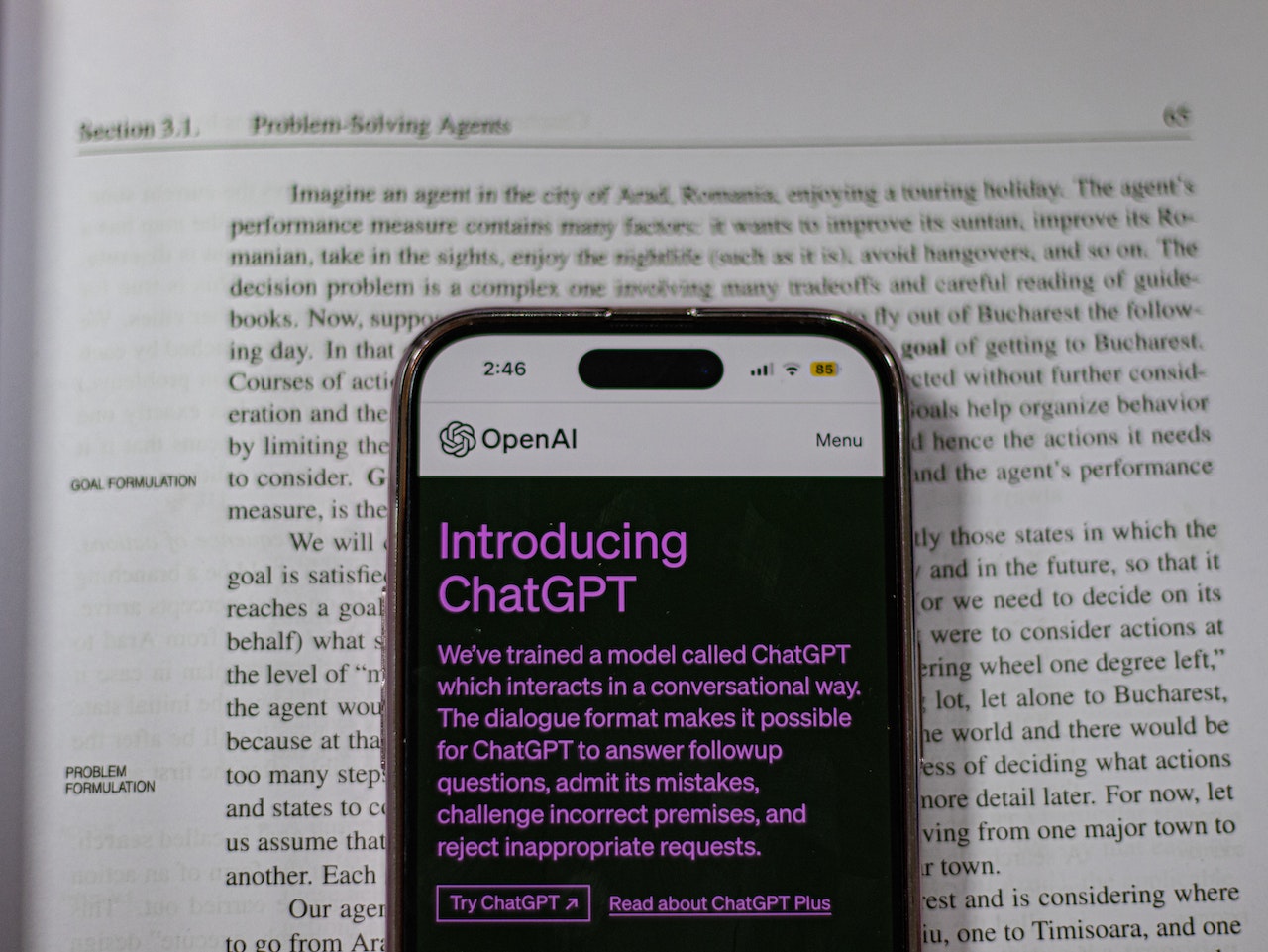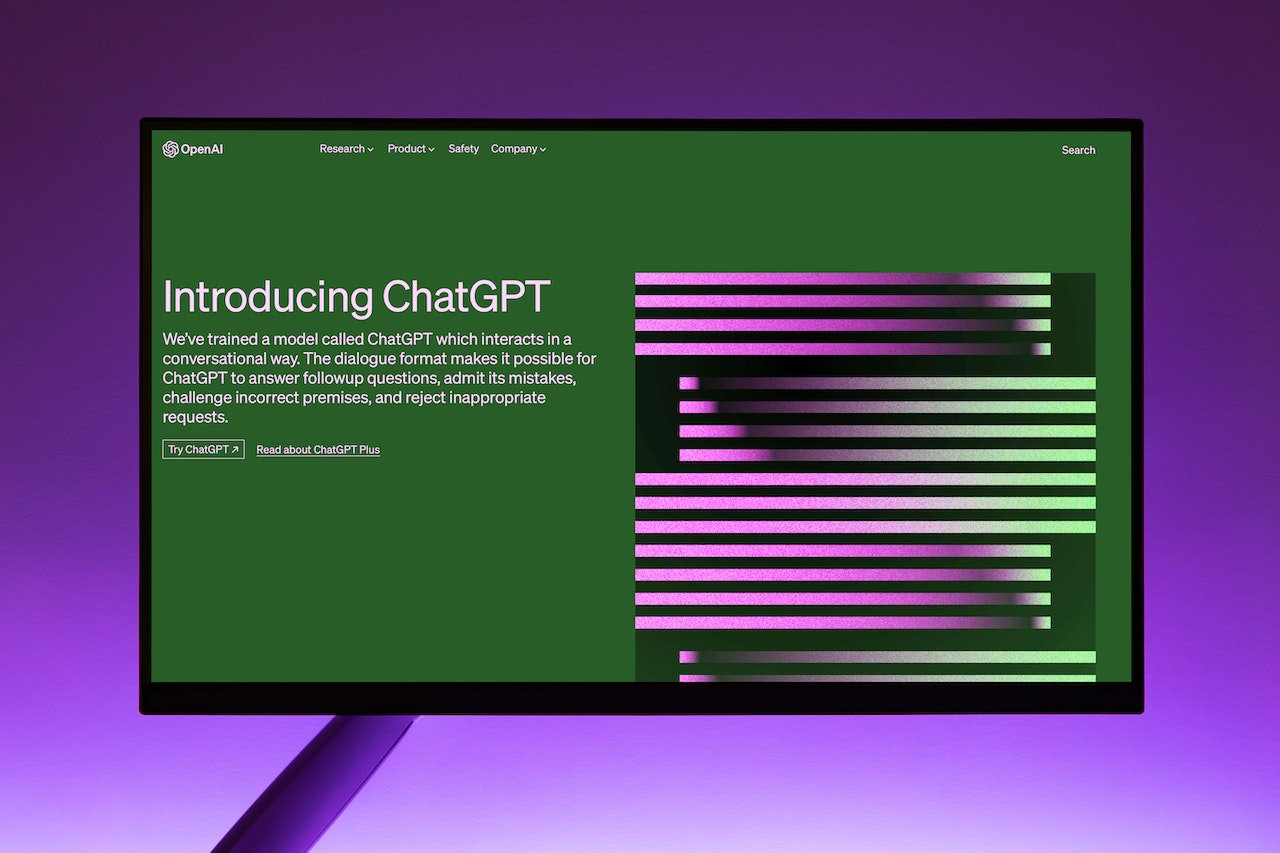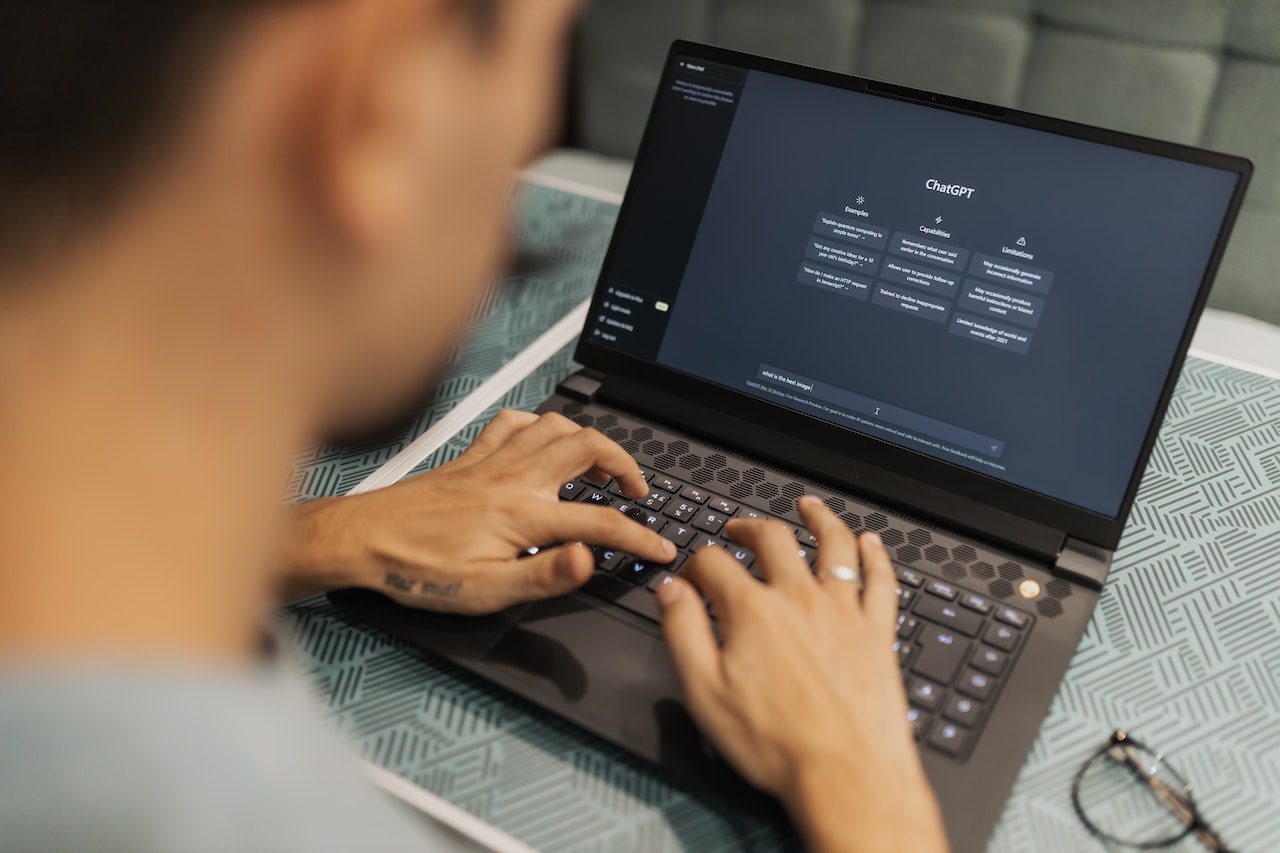Artificial Intelligence (AI) has made remarkable strides in various industries, and art is no exception. The integration of AI in art has opened up new horizons and expanded the creative landscape. From assisting artists in their creative process to generating original artworks, AI has made a significant impact on the art world. This article explores the fascinating ways in which artificial intelligence is used in art, showcasing its benefits, challenges, and future possibilities.
What is Artificial Intelligence?
Before delving into its application in art, it is essential to understand what artificial intelligence entails. AI refers to the development of computer systems capable of performing tasks that typically require human intelligence. These systems leverage algorithms and machine learning techniques to analyze vast amounts of data and make informed decisions or predictions.
The Intersection of AI and Art
The intersection of AI and art brings together the technical prowess of AI algorithms and the creative expression of human artists. It represents a fusion of technology and imagination, offering novel ways to create, appreciate, and interpret art. AI enhances the artist’s capabilities, pushing the boundaries of conventional artistic creation and redefining creative norms..
AI in the Creative Process
AI plays a significant role in the creative process by providing artists with new tools and inspirations. It can analyze existing artwork, identify patterns, and generate new ideas. Artists can use AI algorithms to experiment with different styles, colors, and compositions, facilitating the exploration of uncharted artistic territories. AI-powered tools offer artists the ability to enhance their creativity and break through creative blocks.
AI-Generated Art
One of the most intriguing applications of AI in art is the creation of AI-generated artworks. Machine learning algorithms can be trained on vast datasets of paintings, photographs, or other art forms to learn their characteristics and styles. With this knowledge, AI can generate entirely new pieces of art, often indistinguishable from human-created works. This raises thought-provoking questions about the nature of creativity and the role of human artists.
AI as an Artistic Tool
Rather than replacing human artists, AI serves as a powerful tool for artists to expand their creative capabilities. Artists can collaborate with AI algorithms to produce innovative artworks that blend the strengths of both humans and machines. This symbiotic relationship allows artists to explore new aesthetics, experiment with unconventional techniques, and push the boundaries of traditional artistic practices.
Ethical Considerations
The integration of AI in art raises ethical considerations that warrant thoughtful deliberation. Issues such as copyright, authorship, and ownership become complex in the context of AI-generated art. Determining the value and authenticity of AI-generated artworks also poses challenges. The ethical implications of using AI in art must be addressed to ensure fairness, transparency, and respect for intellectual property rights.
The Impact of AI on the Art Industry
The use of AI has had a transformative impact on the art industry. It has revolutionized the way artworks are curated, restored, and experienced by the audience. AI-powered algorithms can analyze vast art collections to curate exhibitions tailored to specific themes or preferences. Moreover, AI algorithms aid in art restoration by accurately reconstructing damaged or deteriorated artworks, preserving cultural heritage for future generations.
AI and Audience Engagement
AI technologies have enabled immersive and interactive experiences for art enthusiasts. Visitors can engage with AI-powered installations that respond to their movements or emotions, creating a dynamic and personalized encounter with art. Furthermore, AI algorithms can analyze user preferences and recommend artworks that align with their tastes, fostering a deeper connection between the audience and the art.
AI in Art Curation
Traditionally, curators have faced the challenge of organizing vast art collections to create meaningful exhibitions. AI algorithms assist curators in analyzing artwork attributes, historical context, and visitor feedback to curate engaging exhibitions. By leveraging AI, curators can gain valuable insights into the audience’s preferences and create exhibitions that resonate with diverse visitors.
AI in Art Restoration
Art restoration often requires meticulous attention to detail and expertise. AI algorithms can assist in the restoration process by reconstructing missing parts, removing stains or blemishes, and preserving the original artistic intent. AI-powered restoration techniques enhance efficiency and accuracy while maintaining the integrity and authenticity of the artwork.
Future Possibilities
The future of AI in art holds endless possibilities. As AI algorithms continue to advance, artists will have access to more sophisticated tools and techniques. AI-generated art could become an established art form in its own right, challenging conventional notions of authorship and creativity. Furthermore, AI has the potential to democratize art creation and appreciation, making it more accessible and inclusive.
Conclusion
Artificial intelligence has ushered in a new era of artistic expression, transforming the art landscape in unprecedented ways. From assisting artists in their creative process to generating captivating artworks, AI has become an integral part of the art world. As we navigate the evolving relationship between humans and machines, it is crucial to embrace the potential of AI in art while considering the ethical implications it entails.
FAQs
1. Can AI truly replicate human creativity in art? AI can generate art that closely resembles human-created works, but the nature of creativity remains a topic of debate. Human artists bring unique perspectives, emotions, and experiences that AI algorithms cannot replicate entirely.
2. Are AI-generated artworks considered valuable in the art market? The value of AI-generated artworks is subjective and depends on factors such as artistic intent, context, and historical significance. Some AI-generated artworks have achieved considerable recognition and value in the art market.
3. How does AI impact the role of traditional artists? AI serves as a tool for traditional artists, augmenting their creative abilities rather than replacing them. It expands the possibilities and encourages experimentation, pushing artists to explore new artistic frontiers.
4. What are the major challenges associated with AI in art? Ethical concerns, such as copyright and authorship, pose significant challenges in the context of AI-generated art. Additionally, ensuring the transparency and explainability of AI algorithms is crucial to foster trust and accountability.
5. How does AI enhance audience engagement with art? AI enables personalized and interactive experiences for the audience, creating a deeper connection with artworks. It can analyze user preferences to recommend artworks and facilitate immersive installations that respond to viewer interactions.





